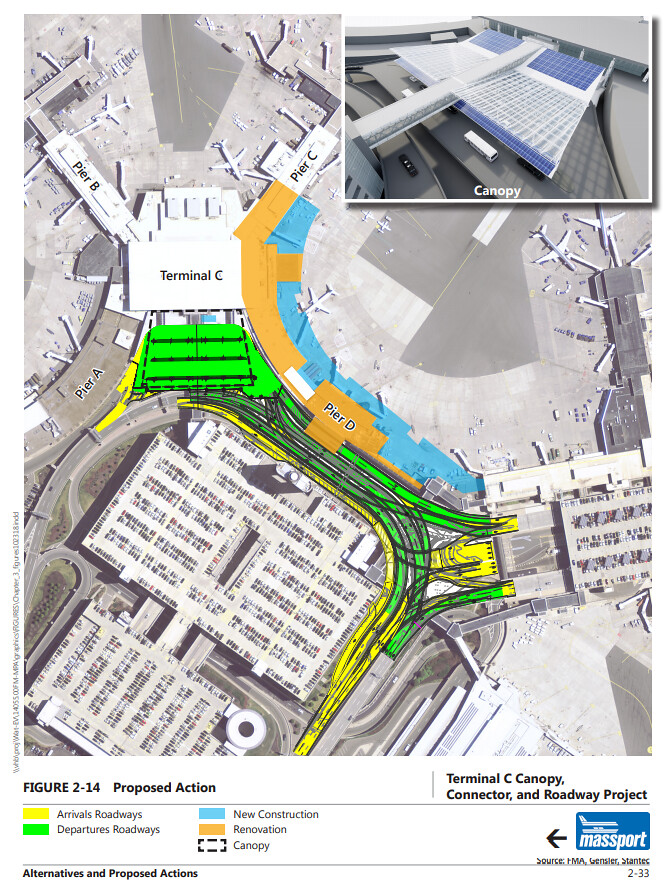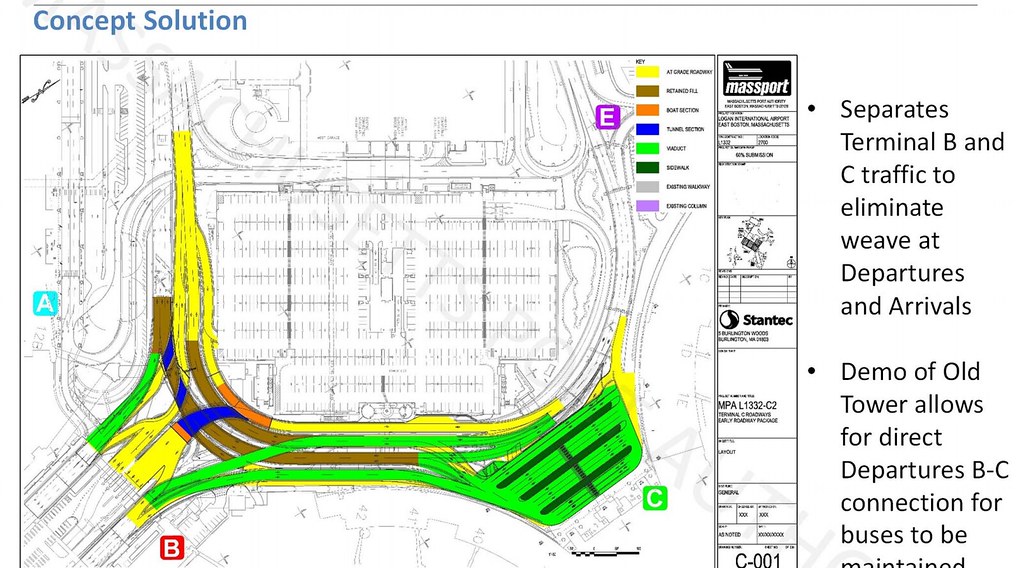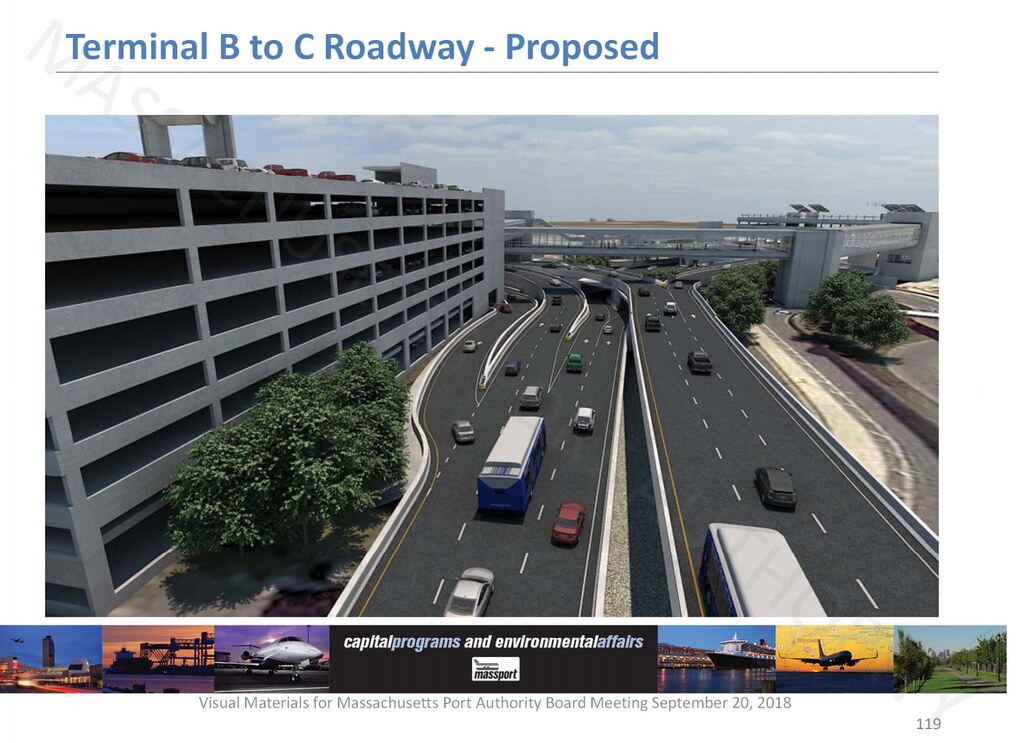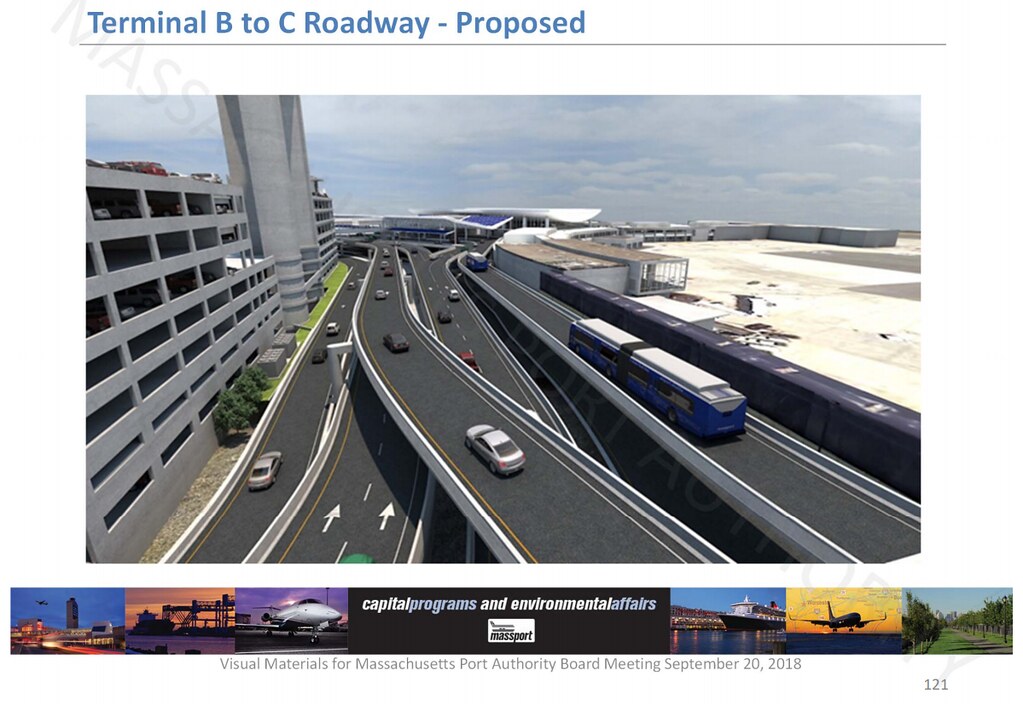THE EMERGENCE of app-based ride-hailing services such as Uber and Lyft has transformed the way business travellers get to and from the airport. And it has also blown a hole in the finances of many airports. Under threat, particularly in North America, is their income from car parks, which makes up two-fifths of non-airline-related revenues across the continent, and car-rental concessions, which brings in a further one-fifth. Revenues from parking are falling short of forecast budgets by 10% or more per year, airport managers say. Many airports at first tried to ban Uber’s and Lyft’s cars from their taxi ranks, but drivers found ways round it, in some cases picking up rides from nearby houses. Now more are allowing Uber and Lyft to use their facilities and are looking at ways to make up the lost revenue from elsewhere.
A new report from LEK Consulting, a consultancy, exposes the impact of these apps on airports. Between 2014 and 2017 the share of American business-travel trips taken with such apps rocketed from 8% to 62%, while those taken in taxis fell from 37% to 8%. Those taken in hired cars also fell, from 55% to 30%. This trend has fundamentally changed the way travellers get to the airport, particularly in major metropolitan areas. At San Francisco’s airport, for example, the share of airport drop-offs using such apps has increased more than sevenfold in the same period, while taxis and the like have lost more than half their market share.





